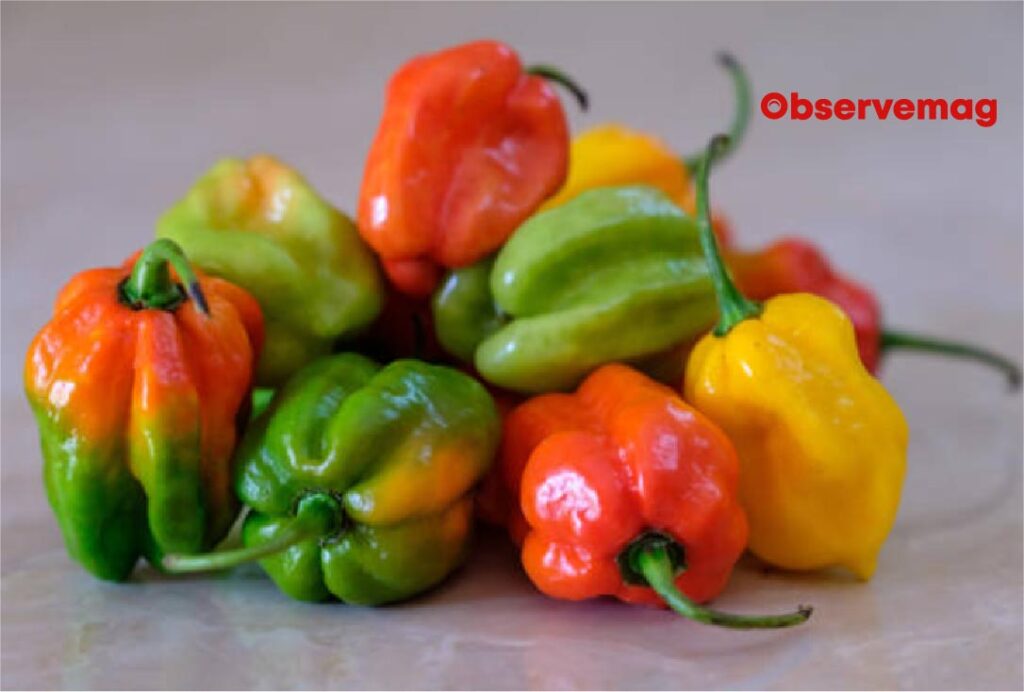Introduction:
Imagine a chili so potent that just a tiny dice can transform an entire dish, imbuing it with an unmistakable heat and a burst of fruity, tropical flavor. That’s the Scotch Bonnet for you – a staple in Caribbean cuisine and a chili pepper that’s as much about its vibrant taste as it is about its fiery kick. In this guide, we delve into the Scotch Bonnet’s world, exploring its health benefits, culinary uses, and answering some frequently asked questions.
Health Benefits:
Capsaicin Content and Health Perks
Scotch Bonnet peppers are not just about heat; they’re a powerhouse of capsaicin, the compound responsible for their spiciness. Capsaicin has been shown to boost metabolism, aid in pain relief, and even reduce the risk of heart disease. It’s a natural thermogenic, which means it helps in burning calories more efficiently.
Vitamin and Mineral Rich
These peppers are laden with vitamins A and C, offering more than just a way to spice up your meal. Vitamin C boosts the immune system and keeps your skin healthy, while Vitamin A is crucial for vision and maintaining healthy organs.
Antioxidant Properties
The antioxidants in Scotch Bonnet peppers, such as beta-carotene and cryptoxanthin, combat oxidative stress and inflammation, protecting the body from various diseases and aging prematurely.
Culinary Uses:
Caribbean Cuisine and Beyond
Scotch Bonnet peppers are indispensable in Caribbean kitchens, giving dishes like jerk chicken, pepper sauce, and curries their signature kick. They’re also versatile – you can use them in marinades, salsas, and even in sweet jams to add a layer of complexity with their fruity undertones.
Handling and Storage Tips
Always wear gloves when handling Scotch Bonnets, and keep them in a cool, dry place. If you find yourself with an abundance, consider freezing them or making a pepper sauce to extend their shelf life.
FAQs:
- How does Scotch Bonnet compare to other chili peppers? Scotch Bonnets are similar in heat to Habaneros, ranking between 100,000 – 350,000 on the Scoville scale. Their distinctiveness lies in their sweet, fruity flavor, setting them apart from other varieties.
- Can they be substituted in recipes? Yes, Habanero peppers make a good substitute in terms of heat and flavor, though they lack the unique fruity taste of Scotch Bonnets.
- Mitigating the heat: If you’ve gone overboard with the heat, try adding dairy products like yogurt or coconut milk to your dish, which can help neutralize the capsaicin’s effect.
Conclusion:
Scotch Bonnet peppers are much more than their heat; they’re a celebration of flavor, a cornerstone of Caribbean cuisine, and a boon to health. Whether you’re a seasoned spicy food aficionado or a curious culinary explorer, incorporating Scotch Bonnet into your dishes opens up a world of vibrant tastes and health benefits. So, why not give this fiery chili a spot in your kitchen?

